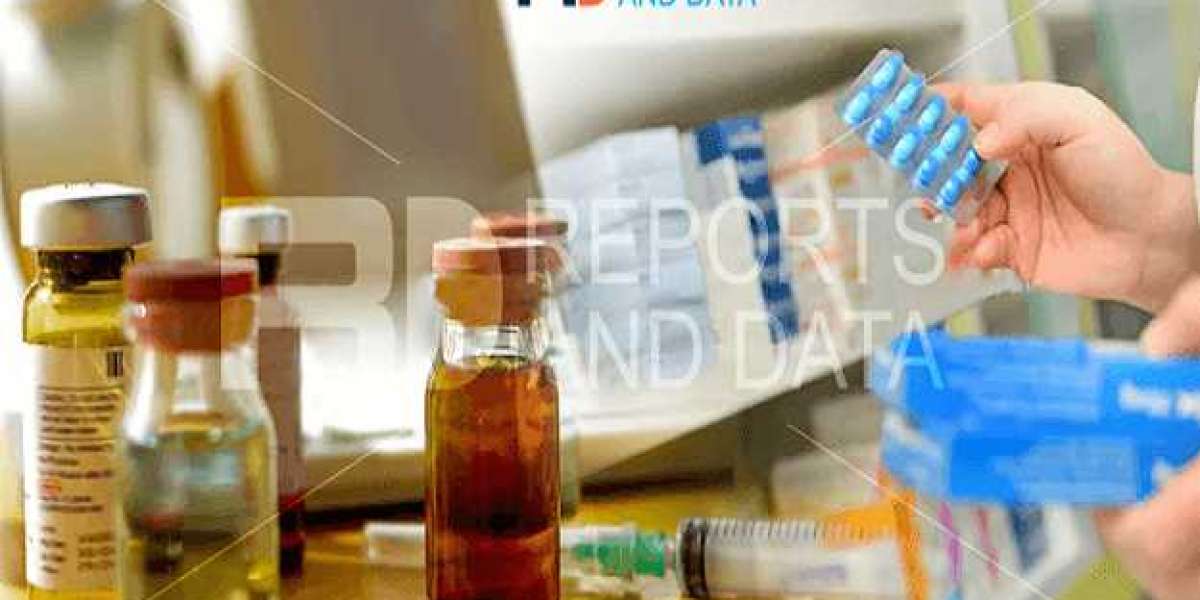3D printing has revolutionized the way we create and manufacture objects, offering unprecedented flexibility and creativity. However, understanding the 3D printing materials safety is crucial, especially for non-professionals who may not be fully aware of the potential risks involved.
Common 3D Printing Materials and Their Risks
When it comes to 3D printing, various materials are used, each with its own set of safety considerations. The most common materials include PLA, ABS, PETG, and resin. But what are the specific risks associated with these materials?
“Understanding the properties and potential hazards of each material is essential for safe 3D printing.”
- PLA (Polylactic Acid): Generally considered safe and biodegradable, but it can emit ultrafine particles when heated.
- ABS (Acrylonitrile Butadiene Styrene): Known for its strength, but it releases toxic fumes when melted, necessitating proper ventilation.
- PETG (Polyethylene Terephthalate Glycol): A safer alternative to ABS, but still requires good ventilation to avoid inhaling fumes.
- Resin: Highly toxic in liquid form and can cause skin irritation. Always use gloves and ensure proper ventilation.
Safety Measures for 3D Printing
Ensuring 3D printing materials safety involves several precautionary measures. Are you aware of the best practices to follow?
- Always use a well-ventilated area to minimize inhalation of fumes.
- Wear protective gear such as gloves and masks when handling materials.
- Store materials in a cool, dry place away from direct sunlight.
- Regularly maintain and clean your 3D printer to prevent buildup of hazardous residues.
Real-World Examples and Products
To better understand the importance of 3D printing materials safety, let's look at some real-world examples and products. For instance, the XYZprinting da Vinci Mini is a popular 3D printer that emphasizes safety features. It includes an enclosed printing area to minimize exposure to fumes and particles.

Additionally, you can watch this video on 3D printing safety tips to gain more insights into safe practices.
Conclusion
In conclusion, understanding 3D printing materials safety is essential for anyone involved in 3D printing, especially non-professionals. By being aware of the risks and following recommended safety measures, you can enjoy the benefits of 3D printing while minimizing potential hazards. Always prioritize safety to ensure a healthy and productive 3D printing experience.








